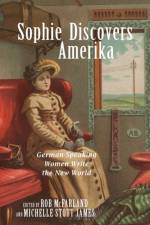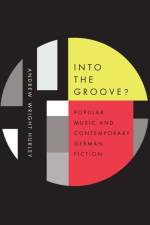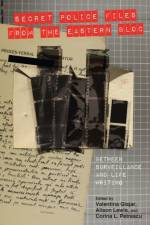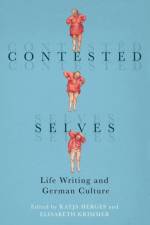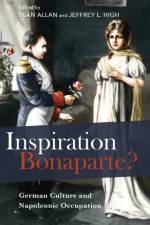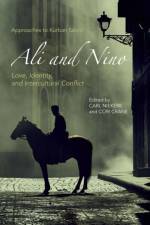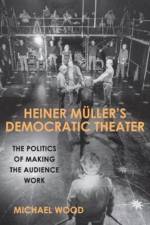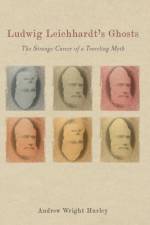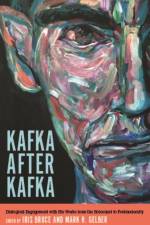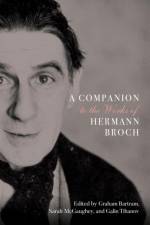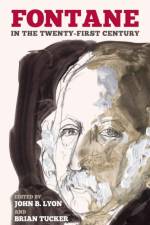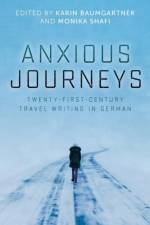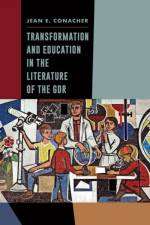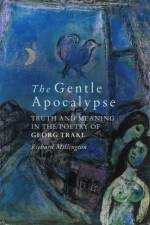av Rob Mcfarland
2 057
Cultural and literary historians investigate the unique literary bridge between German-speaking women and the "e;New World,"e; examining novels, films, travel literature, poetry, erotica, and photography.In a 1798 novel by Sophie von La Roche, a European woman swims across a cold North American lake seeking help from the local indigenous tribe to deliver a baby. In a 2008 San Francisco travel guide, Milena Moser, the self-proclaimed "e;Patron Saint of Desperate Swiss Housewives,"e; ponders the guilty pleasures of a media-saturated world. Wildly disparate, these two texts reveal the historical arc of a much larger literary constellation: the literature of German-speaking women who interact with the New World. In this volume, cultural historians from around the world investigate this unique literary bridge between two hemispheres, focusing on New-World texts written by female authors from Germany, Austria, or Switzerland. Encompassing a broad range of genres including novels, films, travel literature, poetry, erotica, and even photography, the essays include women's experiences across both American continents. Many of the primary literary texts discussed in this volume are available in the online collections of Sophie: A Digital Library of Works by German-Speaking Women (http://sophie.byu.edu/). Contributors: Christiane Arndt, Karin Baumgartner, Ute Bettray, Ulrike Brisson, Carola Daffner, Denise M. Della Rossa, Linda Dietrick, Silke R. Falkner, Maureen O. Gallagher, Nicole Grewling, Monika Hohbein-Deegen, Gabi Kathofer, Thomas W. Kniesche,Julie Koser, Judith E. Martin, Sarah C. Reed, Christine Rinne, Tom Spencer, Florentine Strzelczyk, David Tingey, Petra Watzke, Chantal Wright. Rob McFarland and Michelle Stott James are both Associate Professors of German at Brigham Young University.



